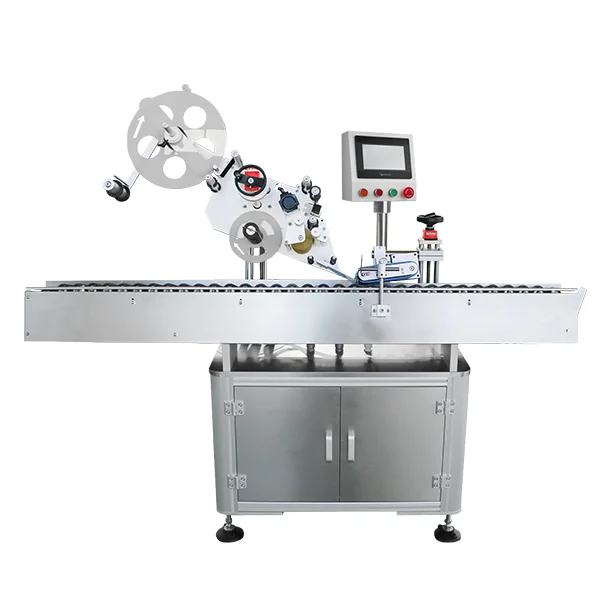When it comes to home maintenance, many homeowners are constantly on the lookout for efficient tools that can simplify their cleaning tasks. One such tool that often raises eyebrows is the leaf blower. While primarily designed for outdoor use, the question arises: Can I use a leaf blower in my house? This article delves into the practicality, safety, and effectiveness of using a leaf blower indoors, providing a comprehensive guide for homeowners considering this unconventional approach.
Understanding Leaf Blowers: A Quick Overview
Leaf blowers are versatile tools primarily used for clearing leaves, debris, and grass clippings from outdoor spaces. They come in various types, including gas-powered, electric, and battery-operated models. Each type has its own set of advantages and disadvantages, particularly when it comes to noise levels, power, and portability.
The Case for Indoor Use
- Efficiency in Cleaning
One of the primary advantages of using a leaf blower indoors is its efficiency. For large spaces, such as garages or workshops, a leaf blower can quickly move dust, dirt, and debris into a manageable pile, making it easier to clean. This can be particularly useful in areas where traditional cleaning methods may be time-consuming or ineffective.
- Versatility
Leaf blowers can be used for more than just leaves. They can effectively clear away dust from hard-to-reach corners, blow out cobwebs, and even dry wet surfaces. This versatility can make them a valuable addition to your cleaning arsenal, especially in spaces that accumulate debris quickly.
The Risks of Indoor Use
- Safety Concerns
Using a leaf blower indoors poses several safety risks. The most significant concern is the potential for injury. Leaf blowers can propel debris at high speeds, which can lead to accidents if not handled properly. Additionally, the noise generated by these machines can be quite loud, potentially leading to hearing damage over prolonged use.
- Air Quality Issues
Another critical factor to consider is air quality. Leaf blowers, especially gas-powered models, emit exhaust fumes that can be harmful when used in enclosed spaces. Even electric models can stir up dust and allergens, which may exacerbate respiratory issues for sensitive individuals. It’s essential to ensure proper ventilation when using a leaf blower indoors.
- Damage to Surfaces
The force of a leaf blower can potentially damage delicate surfaces, such as furniture, electronics, or fragile decor. The high-speed airflow can also scatter debris rather than collect it, making the cleaning process counterproductive in some cases.
Best Practices for Using a Leaf Blower Indoors
If you decide to use a leaf blower in your home, consider the following best practices to mitigate risks:
- Choose the Right Model: Opt for a lightweight, electric leaf blower with adjustable speed settings. This will allow for better control and reduce the risk of damage.
- Clear the Area: Before using the blower, remove any fragile items from the vicinity. This will help prevent accidents and protect your belongings.
- Wear Protective Gear: Always wear safety goggles and a mask to protect your eyes and respiratory system from dust and debris.
- Ventilate the Space: Ensure that windows and doors are open to allow fresh air to circulate, especially if using a gas-powered model.
- Limit Use: Use the leaf blower sparingly indoors. For routine cleaning, consider traditional methods such as sweeping or vacuuming, which may be more effective and safer.
Conclusion: A Tool for the Right Task
In conclusion, while using a leaf blower indoors can be efficient for specific cleaning tasks, it is not without its risks. Homeowners should weigh the benefits against the potential hazards and consider alternative cleaning methods for routine maintenance. If you choose to use a leaf blower indoors, follow best practices to ensure safety and effectiveness. Ultimately, the key is to use the right tool for the right job, ensuring that your home remains a safe and clean environment.




+ There are no comments
Add yours